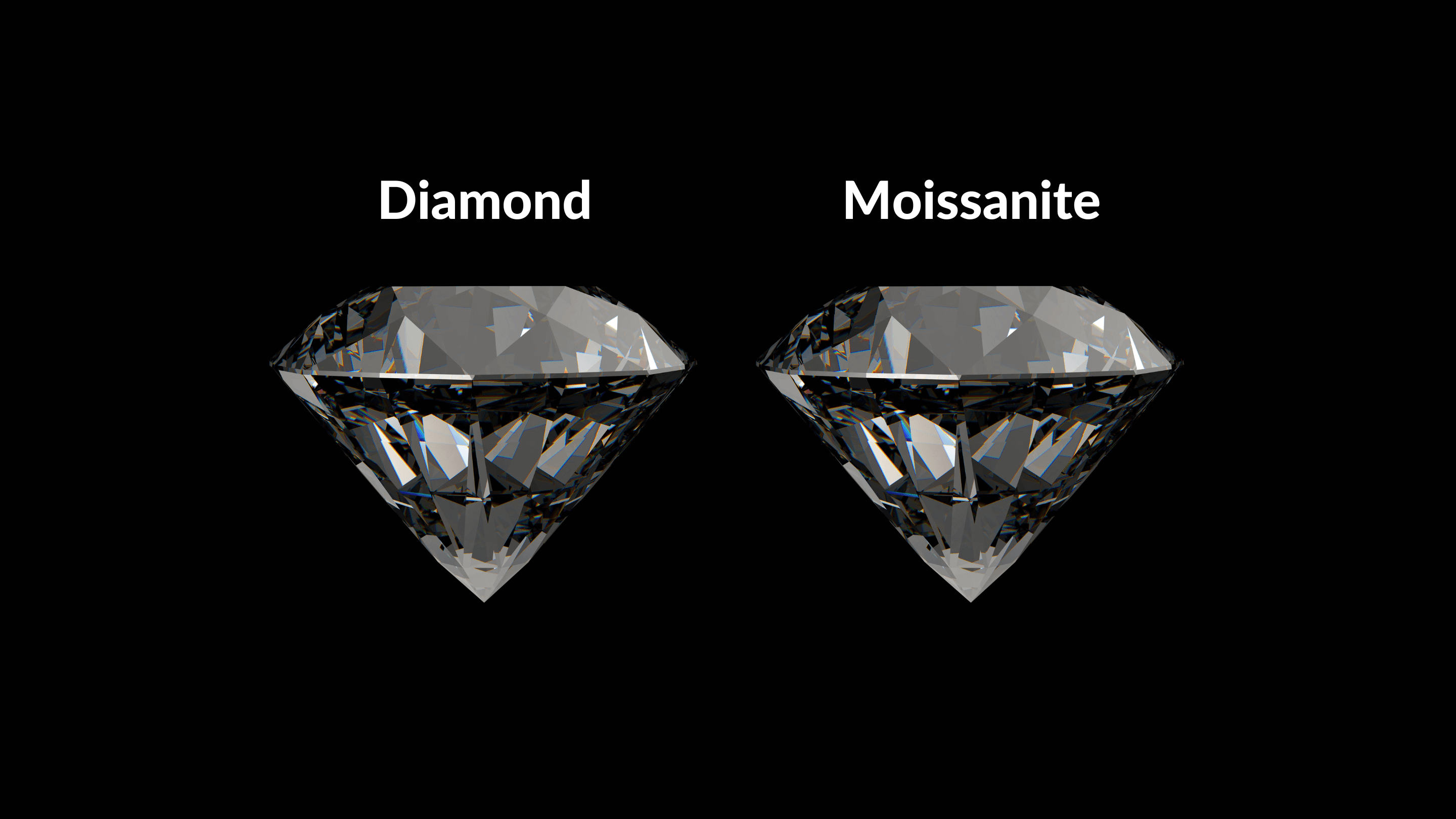
Diamonds have long been a symbol of love, luxury, and elegance. When it comes to purchasing a diamond, one of the key factors that come to mind is size. The question, “How big is your diamond?” is often asked to measure the beauty and worth of a gemstone. But there’s a growing trend in the diamond industry that focuses on sustainability and ethics: lab-grown diamonds. In this article, we’ll explore how big a diamond can be, especially when it comes to lab diamonds, and why they are changing the way people think about luxury gemstones.
The Rise of Lab Diamonds
Over the last few decades, lab-grown diamonds have gained significant popularity. These diamonds, unlike natural diamonds that take millions of years to form beneath the Earth’s surface, are created in a laboratory setting. People often wonder, “How big is your diamond?” when it comes to lab-grown diamonds, and the answer is that they can be just as big and brilliant as those found in nature. The size of a lab diamond can be adjusted based on customer preferences, and they come in various cuts, from round to princess and cushion shapes.
What Determines the Size of a Diamond?
When you ask, “How big is your diamond?” it’s essential to understand what factors contribute to its size. Diamonds are measured by carat weight, which is a standard unit of measurement for gemstones. One carat equals 200 milligrams, and the larger the carat weight, the bigger the diamond. Lab-grown diamonds are no different in this regard. Whether natural or lab-created, the diamond’s size and weight are directly linked to how much material is used in its creation.
In the case of lab diamonds, the carat weight can be controlled during production. This means that you can have a large diamond without the need to pay the premium prices typically associated with natural diamonds. Lab diamonds are a more affordable option, making them attractive to consumers looking to get the biggest bang for their buck.
How Big Is Your Diamond: Lab Diamonds vs. Natural Diamonds
Many people still associate diamonds with their natural counterparts and may wonder how the size of a lab diamond compares. The answer is simple: lab diamonds can be just as big as their mined counterparts. In fact, lab diamonds are created with the same process as natural diamonds in terms of crystallization, ensuring that their size and appearance can rival any mined diamond. Whether you are considering a one-carat diamond or a five-carat gem, lab diamonds are available in all sizes.
One of the biggest advantages of lab diamonds is that you can typically get a larger diamond for the same price compared to a natural diamond. Since lab diamonds are grown in controlled environments, the costs associated with their extraction, mining, and transportation are reduced, leading to more affordable options for consumers.
How Big Is Your Diamond: Cut, Clarity, and Color
When it comes to diamonds, the size is only one of the factors to consider. The diamond’s cut, clarity, and color all play a crucial role in its overall appearance. “How big is your diamond?” might be the first question, but “How brilliant is your diamond?” is just as important. Lab diamonds offer incredible clarity and color options that make them an ideal choice for those who want a larger diamond without sacrificing quality.
Lab-grown diamonds can be created with very few inclusions, meaning they tend to be clearer and more brilliant than many natural diamonds. With advancements in technology, lab-grown diamonds are cut to perfection, making them sparkle just as intensely as any diamond found in nature. Whether you want a larger diamond with exceptional clarity or a smaller diamond with unique color, lab diamonds provide flexibility in meeting your specific desires.
Ethical and Environmental Considerations
In addition to size, many consumers now prioritize the ethical and environmental implications of their diamond purchases. Natural diamond mining has raised concerns about environmental degradation, labor conditions, and the impact on local communities. As you consider “How big is your diamond?”, it’s worth noting that lab diamonds provide a more sustainable and ethical alternative.
Lab-grown diamonds require far less energy to produce and have a significantly lower environmental impact compared to traditional diamond mining. The fact that they are created in a lab also means there are no ethical concerns related to conflict diamonds. This is a major selling point for individuals who want to make a responsible choice without compromising on the size or beauty of their diamond.
The Future of Diamond Shopping: Lab Diamonds on the Rise
As more people ask, “How big is your diamond?”, it’s clear that the demand for lab-grown diamonds is on the rise. These diamonds offer incredible size options without the ethical and environmental costs associated with traditional diamond mining. With technological advancements, lab diamonds are becoming more affordable and accessible, making it easier for consumers to invest in a larger diamond.
Whether you’re looking for a diamond to celebrate a special occasion or to mark a significant milestone in your life, lab diamonds offer a perfect blend of size, beauty, and ethical considerations. As the industry continues to evolve, it’s exciting to think about how lab diamonds will continue to change the way we view diamonds and their significance in our lives.
Conclusion: Embrace the Sparkle of Lab Diamonds
When considering “How big is your diamond?”, it’s clear that size matters, but so do quality, ethics, and sustainability. Lab diamonds provide all of these elements, offering larger diamonds at more affordable prices while being better for the environment and ensuring ethical sourcing. If you’ve been wondering whether a lab diamond is right for you, the answer is simple: they provide the same beautiful size and brilliance as natural diamonds, with added benefits that make them a modern, ethical choice for today’s consumers.
